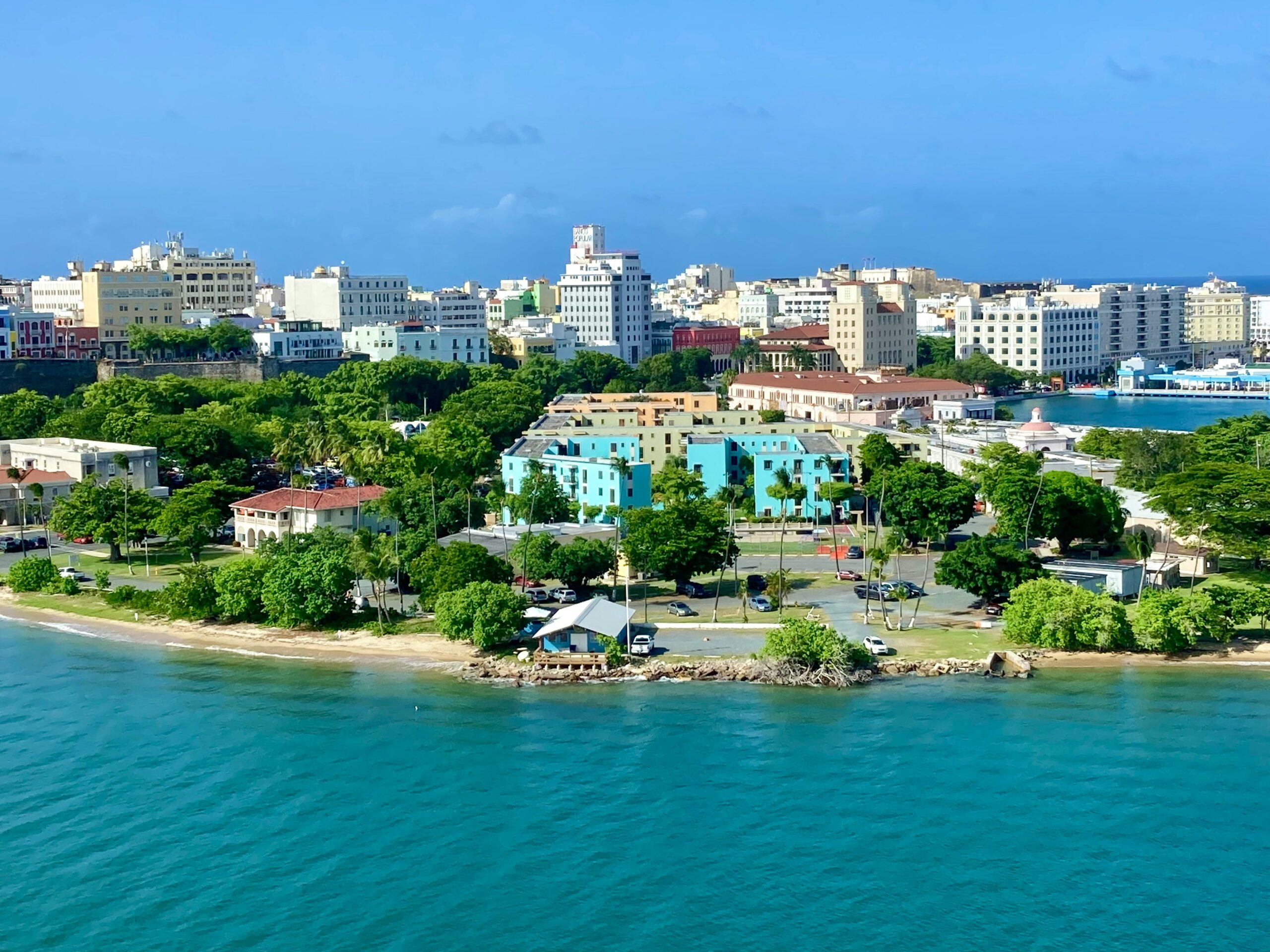The Impact of Tourism on Belize’s Real Estate

A Tropical Magnet for Travelers and Investors
Belize has long been a favorite among travelers who crave a mix of turquoise waters, lush jungles, and laid-back charm. But beyond the postcard views, tourism has quietly shaped another corner of the country: its real estate market. From island retreats to coastal condos, the steady stream of visitors isn’t just leaving with souvenirs—they’re sparking interest in property ownership.
Tourism as the First Step Toward Ownership
Many property owners in Belize first arrived as tourists. A family might vacation in Ambergris Caye, fall in love with the rhythm of island life, and return months later to explore investment opportunities. The emotional pull of a place often becomes the first step toward purchasing a vacation home, rental property, or even a permanent residence. In this way, tourism functions as a funnel that introduces Belize’s real estate to the world.
Rising Demand for Short-Term Rentals
The popularity of platforms like Airbnb and Vrbo has transformed how real estate works in Belize. Investors see opportunities to buy condos or villas that can double as vacation rentals. For example, a two-bedroom unit near Placencia can generate steady income during high tourist season while also serving as a personal getaway. This dual purpose—investment plus enjoyment—has fueled demand for properties that are turnkey and rental-ready.
How Local Communities Benefit
The influence of tourism-driven real estate extends beyond investors. Local communities gain from improved infrastructure, job creation, and expanded services. New resorts often require better roads, reliable utilities, and more transportation links. Restaurants, tour companies, and service providers thrive when rental homes and vacation properties bring in long-term visitors. For many Belizeans, tourism-linked real estate growth translates into more stable employment and entrepreneurial opportunities.
The Challenges of Rapid Development
Still, not every outcome is picture-perfect. Rapid development in certain regions has raised concerns about affordability for locals. When prime beachfront land is bought up for luxury projects, everyday Belizeans can feel priced out of their own neighborhoods. Environmental sustainability is another pressing issue: unplanned construction can strain ecosystems, especially in fragile coastal areas. The balancing act lies in encouraging investment while safeguarding Belize’s natural and cultural heritage.
Government Policies Shaping the Market
Belize has positioned itself as an investor-friendly country, offering straightforward property ownership rights for foreigners. This openness, combined with the nation’s tourism-driven visibility, has made it easier for international buyers to enter the market. At the same time, the government has implemented regulations to ensure development benefits both locals and visitors. Policies encouraging eco-friendly construction and responsible tourism practices are gradually gaining momentum.
Real-Life Stories of Transformation
Consider the case of San Pedro on Ambergris Caye. Once a quiet fishing village, it has become a bustling hub with luxury resorts, rental condos, and vibrant nightlife—all fueled by tourism. Or take Placencia, where boutique resorts have helped transform the village into a popular second-home destination. These aren’t abstract trends; they’re lived realities where the ripple effect of tourism has reshaped skylines, communities, and lifestyles.
What the Future May Hold
Looking ahead, Belize’s real estate market is likely to grow hand in hand with tourism. As travelers increasingly seek authentic, sustainable experiences, properties that blend comfort with environmental responsibility will stand out. Eco-resorts, off-grid homes, and culturally integrated developments could define the next wave of investment. For buyers, this means opportunities not just to profit but to participate in shaping a more balanced and sustainable Belize.
Additional Information
- Blogs
- Frik De Meyere